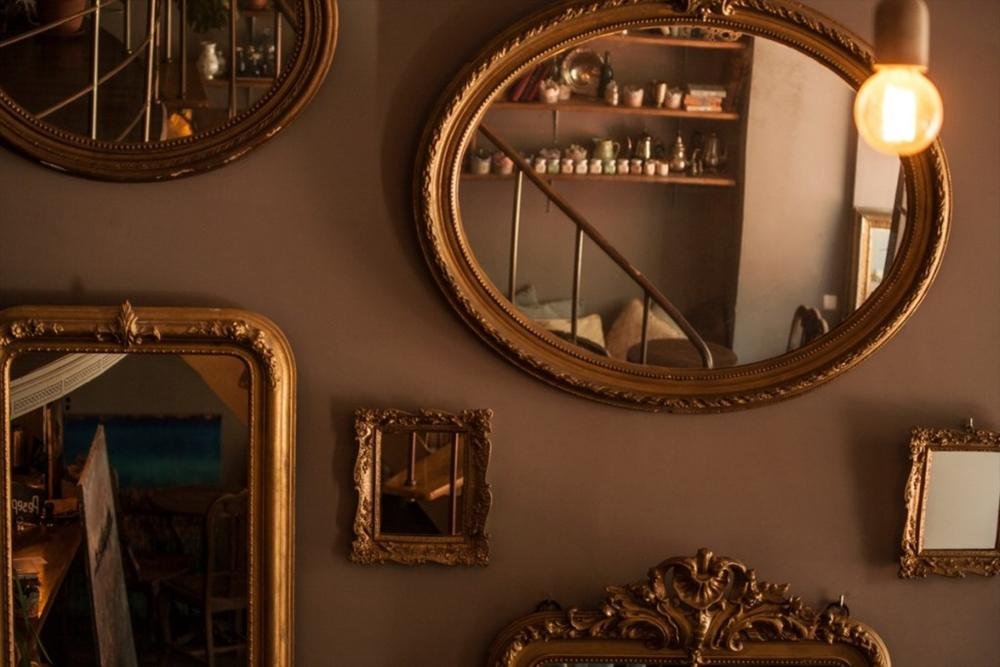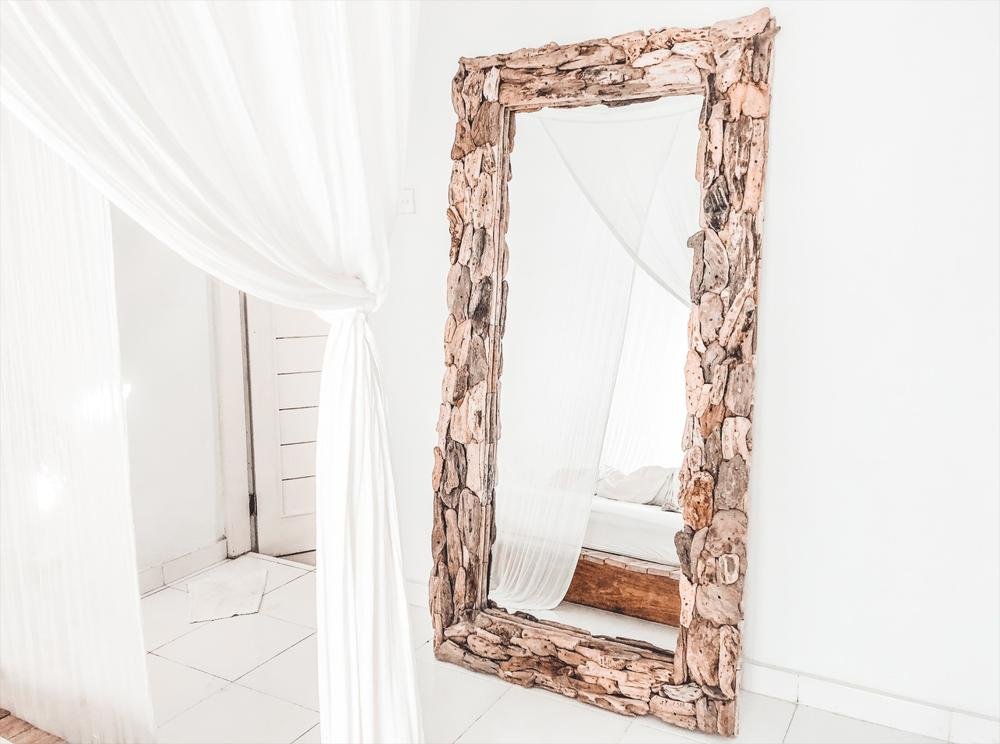

Mirror making can be said to be a manifestation of humanity's age-old fascination with reflections.
This fascination can be observed in many aspects, from Narcissus, one of the prominent figures of Greek myths, being enamored or mesmerized by his own reflection on the water, to the attribution of magical powers to mirrors in fairy tales.
Mirrors have evolved from reflections on water to metal surfaces, and from metal surfaces to glass surfaces, turning into essential pieces found in almost every home. So, how is a mirror made?
As Doğtaş, the address of modern furniture, in this content we address all the curiosities about mirror making and provide you with inspiration with breathtaking mirror models. Let's take a brief journey into the history of mirrors first.

Every day, perhaps millions of people watch their reflection in the mirror, but few stop to think about the history of the mirror. Were mirrors always like they are today? Of course not; mirrors, like all other tools and instruments, have undergone a development process to reach their current form.
Around 600 BC, when people began making quite simple mirrors, they obtained a reflective surface by polishing obsidian. Over time, these simple mirrors were replaced by more advanced mirrors made of copper, silver, gold, and even lead.
However, due to the heavy weight of the materials used, these mirrors were quite small in comparison to the standards of our time. In terms of size, their diameters were no more than 20 cm.
An exception: A large metal mirror used in the Pharos Lighthouse of Alexandria was an exception. This mirror was used to reflect sunlight during the day and firelight at night.
.jpg)
The mirrors of our age acquired their current form only in the late Middle Ages. Even then, making mirrors was labor-intensive and costly.
One of the problems with mirror making during this period was that the sand used in glassmaking contained a large amount of impurities. These materials caused distorted and wavy images. Additionally, the heat of the molten metal used for backing would crack the mirror.
The first appearance of modern mirrors on the historical scene occurred when, during the Renaissance, the Florentines invented the processes required to achieve lead coating at low temperatures. This allowed mirrors to reach the clarity that artists could use.
For example, architect Filippo Brunelleschi created linear perspective using mirrors to give the illusion of depth.

In that period, only wealthy people could afford mirrors. So, did mirror making and development only benefit artists? Scientists and mathematicians also realized the potential power of the mirror's function, leading to the invention of the first mirrored telescope in 1721.
The silver lining technique used for modern mirrors was developed by a German chemist in 1835.
1. The glass sheet is placed on a flat conveyance system. Pressure is then applied with water and cerium oxide, a type of earth-derived substance, for the cleaning process.
2. The cleaning process is carried out with rotating brushes for about 1 minute. The glass is rinsed with demineralized hot water.
3. A diluted tin solution is sprayed onto the back of the glass to allow the normally non-adhering silver to stick to it.
4. The liquid silver is applied in a thin and evenly distributed layer using a spray method. The silver interacts and begins to solidify within seconds.
5. Excess silver is washed away with water, and then 2 coats of paint are applied to preserve the silver coating.
6. One coat of copper is sprayed to strengthen the preservation process, forming a thin coating. Excess copper is cleaned off with sprayers.
7. Then, it is dried in a 71 °C oven to vaporize the moisture on the mirror surface.
8. After being removed from the oven, the paint known as the ground coat is sprayed by a machine.
9. The drying process is repeated in a 98 °C oven. After being removed from the oven, a second coat of paint is applied and dried in a 118 °C oven.
10. The mirror is washed with two coats of acid, and if there are any remaining air bubbles, those parts are cut off. Finally, it is cut as desired.
Having discussed mirror making and mirror history, we can now move on to mirror models that will add style to your home.

Mirrors don't have to be limited to oval or rectangular cuts. A rather futuristic decor can be created by using specially cut mirrors.
You can add style to your living room decor by using specially cut mirrors in various sizes on sideboards or consoles, or enhance your bedroom decor by using them on dressers. The use of wall-mounted mirrors is extensive and left to your imagination.

The minimalism trend continues to leave its mark on decor trends in recent years. Round mirror models are a perfect choice for minimalist home decors, just saying.

For those who want to make mirrors the centerpiece of their decor, we suggest using mirrors of different sizes together to achieve a stylish appearance. The tops of consoles, which add style to living rooms and dining areas, are ideal for this usage.

We mentioned specially cut mirrors, but if you are looking for an original and even more intriguing design, you can choose a different mirror like the Doğtaş Valentin mirror. This way, you will capture a modern aesthetic that is out of the ordinary.

Another popular mirror model is diamond mirrors. These diamond-shaped cut mirrors are quite contemporary, elegant, and add a plus to any decor.

When it comes to mirrors, DIY projects and creativity come to the fore. You can decorate your mirror frames with ideas for different mirror frames, or acquire ready-made decorative framed mirrors.

Wooden mirror models are often preferred because they provide a soft transition by reflecting natural tones. Wooden mirrors can be adapted to many styles from minimalist decor to vintage decor or art deco design.
If you love wooden mirrors, you will love art deco decor. Why? To find out, you can check out our content titled Extraordinary Lines in Homes: Art Deco Design & Decor.
We have shared mirror making, mirror history, and inspiring mirror models with you. We hope you have found inspiration regarding mirrors. Don't forget to visit the Doğtaş blog page for more decor and informative content.